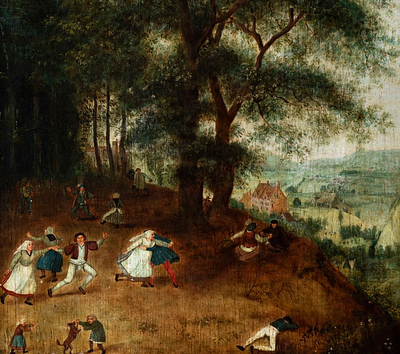Circle of JUAN DE ROELAS (Flanders, c. 1570 - Olivares, 1625). "Santa Úrsula". Oil on canvas.
Lot 49
About Seller
Setdart Auction House
Carrer Aragó 346
Barcelona
Spain
Setdart Subastas was born in 2004 and is currently the first online art auction in Spain with solidity, prestige and reliability guaranteed by our more than 60,000 users. Setdart has a young, dynamic and enterprising team ready to successfully manage the purchase and sale of art works through custom...Read more
Estimate:
EUR€8,000 - EUR€10,000
$8,602.15 - $10,752.69
Absentee vs Live bid
Two ways to bid:
- Leave a max absentee bid and the platform will bid on your behalf up to your maximum bid during the live auction.
- Bid live during the auction and your bids will be submitted real-time to the auctioneer.
Bid Increments
| Price | Bid Increment |
|---|---|
| EUR€0 | EUR€10 |
| EUR€200 | EUR€25 |
| EUR€500 | EUR€50 |
| EUR€1,000 | EUR€100 |
| EUR€3,000 | EUR€200 |
| EUR€5,000 | EUR€500 |
| EUR€10,000 | EUR€1,000 |
| EUR€20,000 | EUR€2,000 |
| EUR€50,000 | EUR€5,000 |
About Auction
By Setdart Auction House
Jun 30, 2021
Set Reminder
2021-06-30 08:30:00
2021-06-30 08:30:00
America/New_York
Bidsquare
Bidsquare : Old Masters
https://www.bidsquare.com/auctions/setdart-auction-house/old-masters-7134
Setdart Auction House sofia@setdart.com
Setdart Auction House sofia@setdart.com
- Lot Description
Circle of JUAN DE ROELAS (Flanders, c. 1570 - Olivares, 1625). "Santa Úrsula". Oil on canvas. Measurements: 130 x 84 cm .; 150 x 109 cm. (frame). The canvas presents the figure of Saint Ursula, with an ecstatic expression and her neck pierced by the arrow that ended her life, framed by an oval decorated with scrolls, heraldic motifs and anthropomorphic figures, painted in grisaille, of the type that Juan de Roelas used in the series of six holy British queens, preserved in the Church of Saint Michael and Saint Julian in Valladolid. Juan de Roelas, of Flemish origin, as seems to be attested by a notarial document of 1594, where, together with his father, a certain Jacques, both from Flanders, he undertakes to repay a loan of 300 reales, played an essential role in the assumption of naturalistic forms in Valladolid, Seville and Madrid, where he was active until his death in Olivares, in 1625. In 1598 Roelas was active in Valladolid, where he collaborated in the design of the funerary monument of King Philip II. He would remain here until 1604, when he settled in Olivares, a town near Seville, as a protégé of the Count-Duke of Olivares. Here he would paint some of his most outstanding and monumental works, such as the Circumcision, in 1606, the Martyrdom of St. Andrew, (Museum of Fine Arts of Seville) or the Transitus of St. Isidore. In Olivares he would begin his ecclesiastical career and, in 1614, already ordained as a clergyman, he would be named royal chaplain. With this position he would move to Madrid, seeking to make a career as a court painter, although he would never obtain the title of Painter to the King, so he would return to Olivares. In the last years of his life his artistic career would pass into the background, and he dedicated himself to religious life, as a canon of the Collegiate Church of Olivares. Although it has been supposed that he had an Italian education, no document supports this hypothesis. It is certain, however, that his style connects with the Venetian school, in the warm coloring and in his balanced sense of composition. It is likely that he could have studied works by Veronese or Tintoretto. On the other hand, Roelas' style is characterized by the introduction of everyday life, even the vulgar, in compositions with religious themes, an aspect that would be highly criticized by treatises such as Francisco Pacheco, although it would be an aspect assumed, among others, by the great Velázquez. In Roelas, Romanist mannerism coexists with a naturalism that tends to tenebrism and therefore preludes some of the characteristics of the painting of the Golden Century.
- Shipping Info
-
In-house shipping available. Please inquire at admin@setdart.com.
-
- Buyer's Premium



 EUR
EUR CAD
CAD AUD
AUD GBP
GBP MXN
MXN HKD
HKD CNY
CNY MYR
MYR SEK
SEK SGD
SGD CHF
CHF THB
THB














